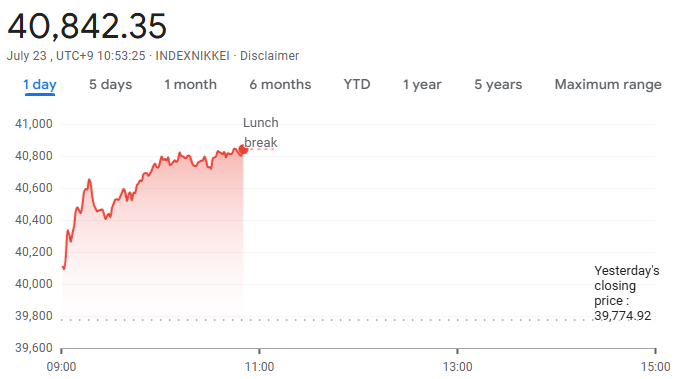15% US Tariffs on Japanese Imports Finalized; Trump Claims "Major Trade Victory"
TradingKey - On July 22 (local time), U.S. President Donald Trump announced via social media that the U.S. and Japan had reached an "unprecedented large-scale trade agreement" on tariffs.
Under the deal, the U.S. will impose 15% reciprocal tariffs on Japanese goods, effective August 1. In return, Japan has pledged to further open markets in key sectors such as automobiles and agriculture and plans to invest $550 billion in the U.S. over the coming years.
However, the agreement’s text has not yet clarified whether the 15% tariff will be applied in addition to existing U.S. tariffs of 25% on automobiles and 50% on steel. Details remain under final negotiation.
Trump hailed Japan’s commitment to "massively open its auto and agricultural markets" as a "major achievement", emphasizing that Japan’s $550 billion investment plan will deliver significant gains to the U.S., claiming "the U.S. will capture 90% of the profits" and predicting the deal will create "hundreds of thousands of jobs".
As of press time, the Japanese government has not issued an official statement on the agreement, with final terms still pending confirmation. The 15% rate, though lower than Trump’s earlier threat of 25%, still falls short of Japan’s initial demand for complete tariff exemption. However, markets reacted positively: on July 23, Japan’s Nikkei 225 index surged at open, rising nearly 800 points intraday.

(Source: Google Finance)



